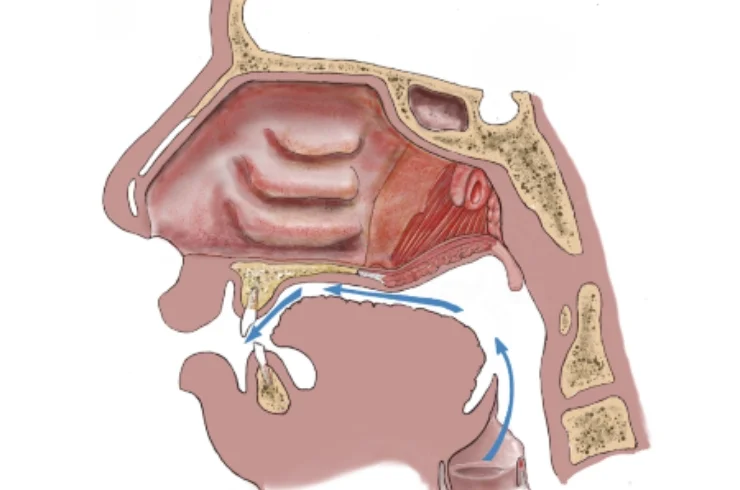
Voice disorders affect the quality, pitch, volume, or tone of a person’s voice, making communication difficult. Common conditions include hoarseness, vocal cord nodules, polyps, and vocal cord paralysis. These disorders can result from vocal strain, infections, neurological issues, or underlying medical conditions. Symptoms include a raspy or breathy voice, reduced vocal endurance, and difficulty projecting speech. Treatment options range from voice therapy, lifestyle modifications, and medication to surgical interventions for severe cases. Speech-language therapy focuses on vocal exercises, breathing techniques, and proper voice use to restore clarity and improve vocal health.
Resonance disorders occur when there is an abnormal airflow in the nasal or oral cavity, affecting speech sound quality. Hypernasality happens when excessive air escapes through the nose, often seen in conditions like cleft palate. Hyponasality, or a “blocked” nasal sound, occurs when airflow is restricted due to congestion or structural abnormalities. These disorders impact speech clarity and can make communication challenging. Treatment involves speech therapy to strengthen oral muscles and improve airflow control. In some cases, medical or surgical intervention may be needed to correct structural issues and restore normal resonance balance.

Providing expert audiology, speech, and hearing care with personalized therapy solutions for all ages.